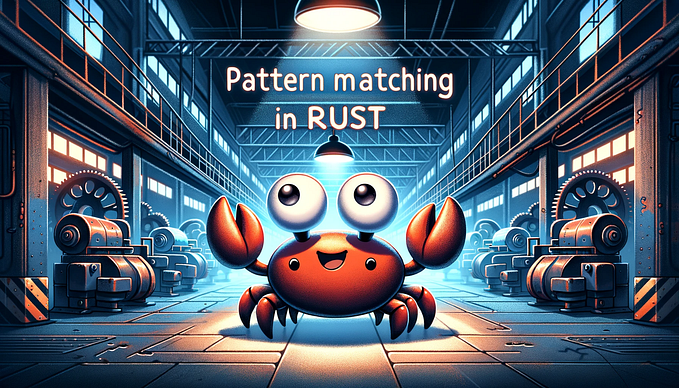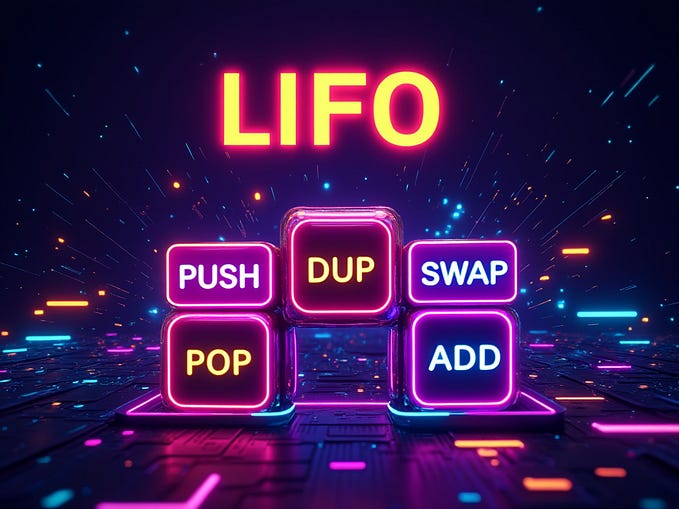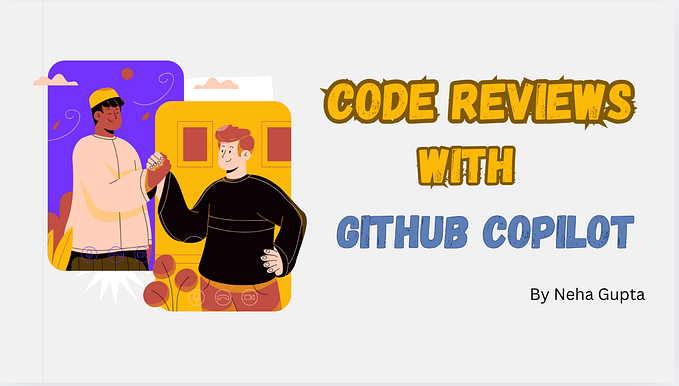Member-only story
How to Build Your First dApp on Tezos
Everything you need to know to create your first simple dApp

Deprecation warning: the Tezos ecosystem has evolved a lot since this article. Part of the code presented here has been deprecated or better tools have been created.
Please check the 2021 edition of “Build your first dapp on Tezos” for up to date information.
This article is a spin-off of my series of tutorials about smart-contract development with Ligo (Part 1, Part 2, and Part 3). We’re going to take some time to see how a front-end application interacts with a smart contract deployed on the Tezos blockchain.
If you’ve developed dApps on other blockchains (like Ethereum), some of these things will look similar, but other things will be completely different. You also have to remember that dApps are still at an early age on Tezos, and they’re not ready yet to work at their full capacity. However, you can still do a lot of pretty cool stuff on Tezos right now.
We’ll build a point-of-sale system for a virtual café called Café Tezos. One of the things I’m the most impatient to see coming in the near future is the possibility to use cryptocurrencies for everyday life purchases. If you’re a developer, you probably drink a lot of coffee! So that’ll be a great example.
The dApp will be React-based. To be honest, I’m more of a Svelte guy, but since React is the most popular front-end framework at the moment, it seems logical to use it in order to share this knowledge with as many people as possible.
In addition of React, we’ll also use different tools developed to work with the Tezos blockchain: Truffle to compile and deploy contracts, a modified version of the Tezos starter kit from Stove Labs to run a sandboxed node, TezBridge to connect our wallet with the dApp and sign transactions, and, finally, Taquito to interact with the blockchain and the smart contracts. These tools are generally presented separately, but I’m confident it’ll be interesting to see how they work together.
Before diving into the code, here are two points I’d like you to keep in mind:








